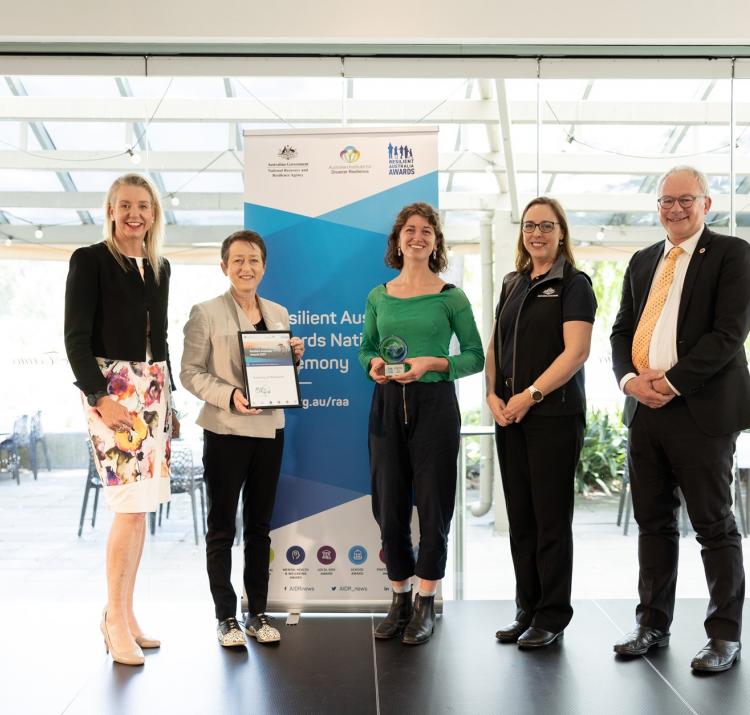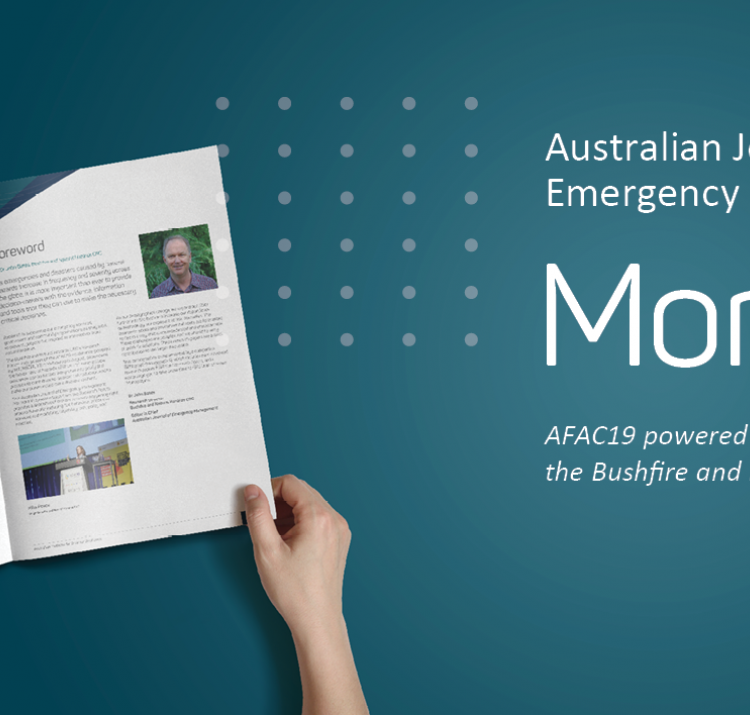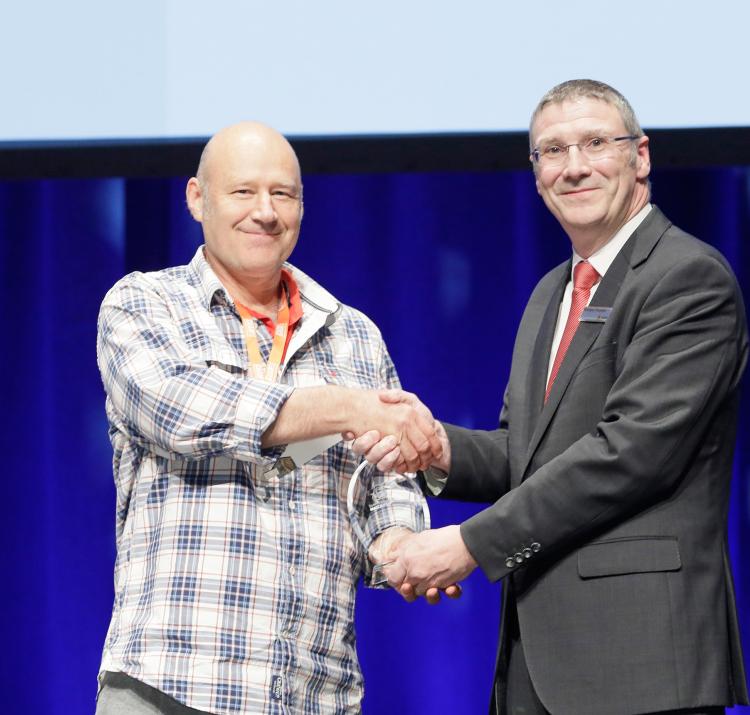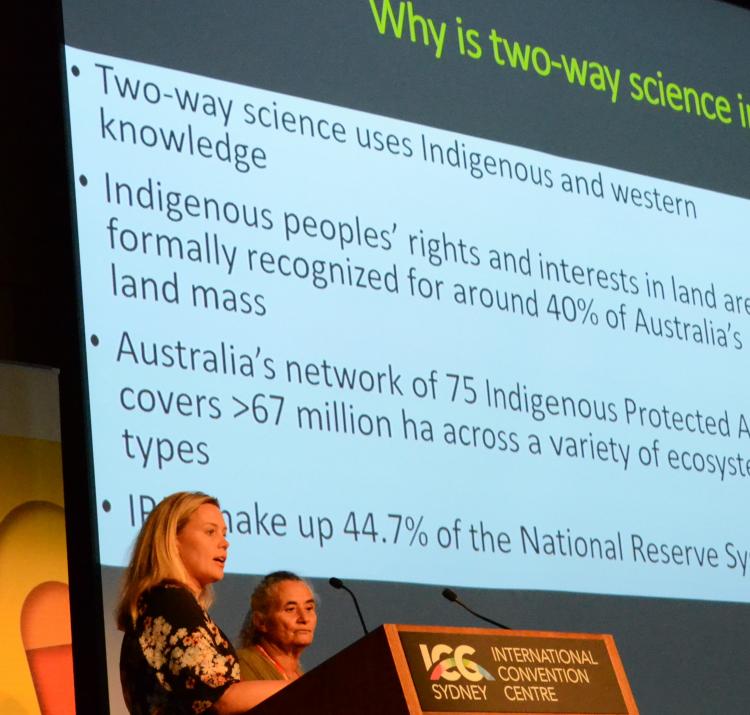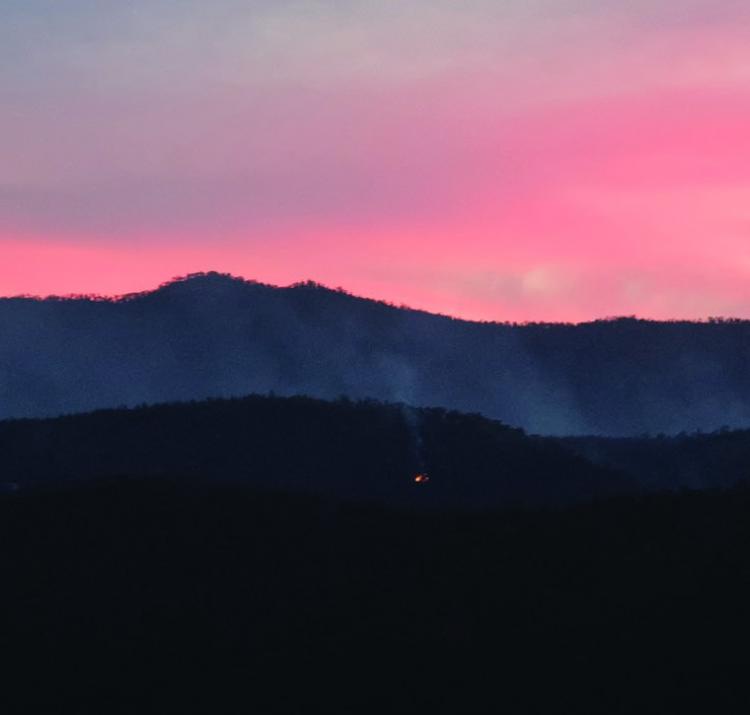Research leader
Research team
End User representatives
Student researchers
Understanding and predicting fire behaviour is a priority for fire agencies, land managers and sometimes individual businesses and residents. This is an enormous scientific challenge given bushfires are complex processes, with their behaviour and resultant severity driven by complicated interactions involving vegetation, topography and weather conditions.
A good understanding of fire risk across the landscape is critical in preparing and responding to bushfires and managing fire regimes, and this understanding will be enhanced by remote sensing data. However, the vast array of spatial data sources available is not being used very effectively in fire management.
This project uses cutting-edge technology and imagery to produce spatial information on fire hazard and impacts needed by planners, land managers and emergency services to manage fire at landscape scales. The team works closely with agencies to better understand their procedures and information needs, comparing these with the spatial data and mapping methods that are readily available, and developing the next generation of mapping technologies to help them prepare and respond to bushfires.
The project is focused on two related activities:
- Fire hazard mapping and monitoring – this focuses on spatial information of fuel load, structure that can assist fire preparedness through better fire danger ratings and fire behaviour predictions. This supports logistics and resources planning by emergency services, and can also improve fire management by helping guide activities such as scheduling and implementing prescribed burning.
- Fire impacts on landscape values – land managers also need spatial information on the expected fire impacts on landscape values, such as water resources, carbon storage, habitat and remaining fuel load.
The team has developed, tested and published software to classify a dense point cloud derived from a mobile laser scanner into different vegetation components: ground returns, near-surface vegetation, elevated understory vegetation (shrubs), tree trunks and tree canopy. The resulting classified point cloud is used to automatically derive information on the different fuel components that are important for fire hazard assessment such as total biomass, fractional cover and height. These results open a pathway of automatically deriving detailed vegetation structure information from ground-based LiDAR.
The team have also developed a pre-operational near-real time flammability data service (The Australian Flammability Monitoring System) to support fire risk management and response activities such as hazard reduction burning and pre-positioning firefighting resources and, in the long term, the new National Fire Danger Rating System.




























